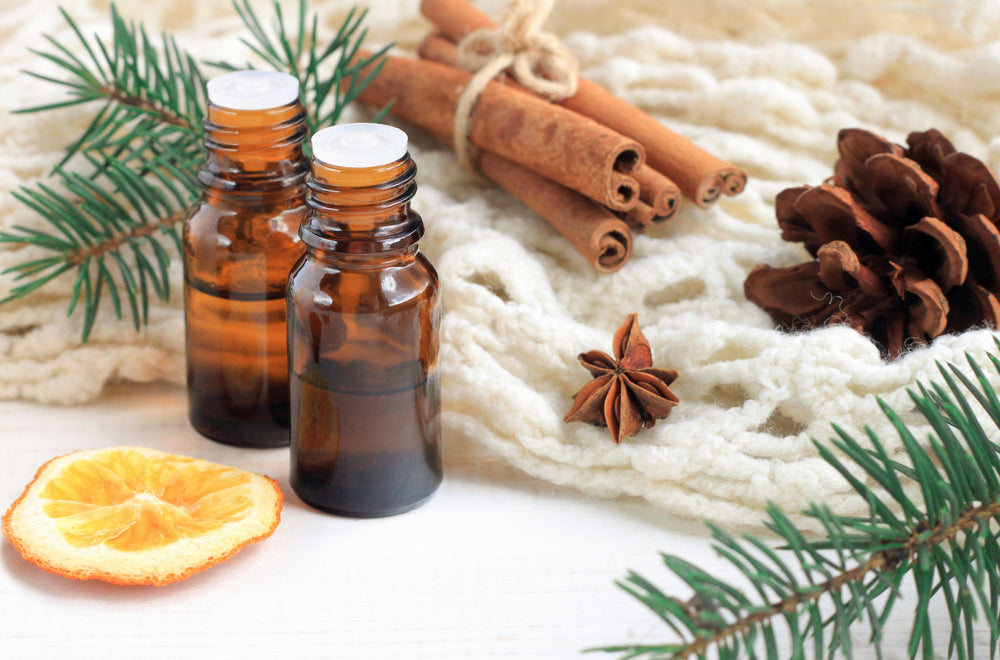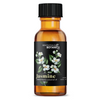
What Does Therapeutic Grade Mean in Essential Oils?
If you’ve ever shopped for essential oils, you’ve likely seen the term "therapeutic grade" on labels and marketing materials. It sounds reassuring—who wouldn’t want a high-quality oil labeled for therapeutic use? But here’s the surprising truth: “therapeutic grade” isn’t a regulated or standardized term. That means it can mean different things to different brands—and may not tell you much about the oil’s actual quality.
Let’s break down what “therapeutic grade” really means, what it doesn’t, and how to make informed choices when buying essential oils.
Where the Term “Therapeutic Grade” Came From
The term “therapeutic grade” was popularized in the early days of the modern essential oil industry as a way to distinguish between oils used in aromatherapy and those made for cosmetic fragrance or industrial use. Aromatherapists and wellness-focused brands wanted a way to signal that their oils were suitable for topical or aromatic use—pure, unadulterated, and extracted from a natural plant source.
While the intention was good, the term itself has no official definition. It’s not governed by any international body, agricultural agency, or quality assurance organization. In other words, anyone can label their oil “therapeutic grade”—and the meaning can vary from company to company.
Some companies have even trademarked their own version of the term, making it part of a proprietary grading system. But these systems are internal, not recognized industry-wide, and often used as a branding tool more than a universal standard.
What Does “Therapeutic Grade” Mean: Common Answers
Although the term itself isn’t regulated, brands that use it typically want to convey certain qualities, such as:
-
100% pure essential oil
-
No synthetic additives or fillers
-
Properly distilled from the correct plant species
-
Free from pesticides or chemical solvents
These attributes are all positive and absolutely worth looking for—but importantly, they can be achieved (and verified) without relying on the phrase “therapeutic grade.”
Some brands may also associate the term with oils that are safe for topical use or aromatic blending, but again, this is based on the brand’s internal definition—not an external certification.
Ultimately, the phrase is more of a marketing shorthand than a verified quality guarantee.
How to Actually Evaluate Essential Oil Quality
Rather than trusting a label that sounds impressive, it’s best to dig deeper and look for tangible indicators of quality. Here’s how to shop smarter:
1. Botanical Information
The label should list the oil’s Latin (botanical) name—such as Lavandula angustifolia for true lavender. This ensures that you’re getting the specific species you want and can distinguish between similar oils (like different types of eucalyptus or chamomile).
2. Extraction Method
High-quality oils clearly state how they were extracted. Look for terms like steam distilled (for most essential oils) or cold-pressed (for citrus oils). Delicate florals like jasmine or blue lotus are typically extracted as absolutes, using solvents.
Knowing the extraction method helps determine if the oil is suitable for your use—some methods retain more of the oil’s natural components, while others may alter the chemical profile.
3. Sourcing Transparency
Look for brands that disclose where their oils come from. This includes:
-
Geographic origin
-
Part of the plant used
-
Farming or wild-harvesting practices
Some companies go a step further by sharing harvesting conditions, altitude, or seasonal details, which can impact aroma and quality.
4. Third-Party Testing
Trusted suppliers often provide GC/MS test results (Gas Chromatography/Mass Spectrometry). This independent lab testing breaks down the oil’s chemical composition to confirm purity and check for contamination or adulteration.
A GC/MS report can verify whether an oil contains what it claims—and nothing else.
Wholesale Botanics offers this level of detail for many of its products, helping customers feel confident in what they're purchasing—without relying on vague terms like “therapeutic grade.”
What “Therapeutic Grade” Doesn’t Guarantee
Because the term isn’t regulated, seeing it on a bottle doesn’t automatically mean:
-
The oil is safer or more effective
-
The oil is organic or sustainably sourced
-
The oil is free from allergens or irritants
-
The oil has undergone independent testing
-
The oil is suitable for use on skin or in diffusers
In fact, some lower-quality products may use the phrase “therapeutic grade” as a marketing tool to appeal to wellness-minded consumers—even if the oil doesn’t meet any professional standard.
Always read the fine print and look for transparency over terminology. A brand that clearly explains its sourcing, testing, and production methods is far more trustworthy than one that simply stamps “therapeutic grade” on the label.
How to Spot a High-Quality Essential Oil (Without the Buzzwords)
If you're shopping for essential oils and want confidence in your choice, here are a few questions to guide your decision:
-
Does the label list the full Latin name of the plant?
-
Is the extraction method specified?
-
Can you access sourcing or testing information easily?
-
Does the brand offer batch-specific transparency or GC/MS reports?
-
Are there details about how to safely use the oil (e.g., dilution, storage, etc.)?
These indicators speak far louder than the phrase “therapeutic grade.”
You might also notice that trusted suppliers focus on education over hype. Instead of just making quality claims, they help customers understand how and why their oils are reliable—whether that’s through sourcing partnerships, in-house testing, or published sustainability practices.
Understand What “Therapeutic Grade” Means

“Therapeutic grade” may sound official, but it’s ultimately a marketing term. While it can suggest a company’s intent to provide quality oils, it doesn’t guarantee safety, purity, consistency, or effectiveness—and it’s not backed by any independent standard.
That doesn’t mean oils labeled this way are bad—but it does mean the phrase alone shouldn’t be your deciding factor.
To shop smart, focus on:
-
Clear botanical and sourcing information
-
Transparent testing practices
-
Real-world usage guidance
-
Brands that empower you to understand the oils you’re buying
And when in doubt, choose essential oils from suppliers like Wholesale Botanics, who prioritize ingredient integrity, sustainable sourcing, and customer education—not just catchy labels.
